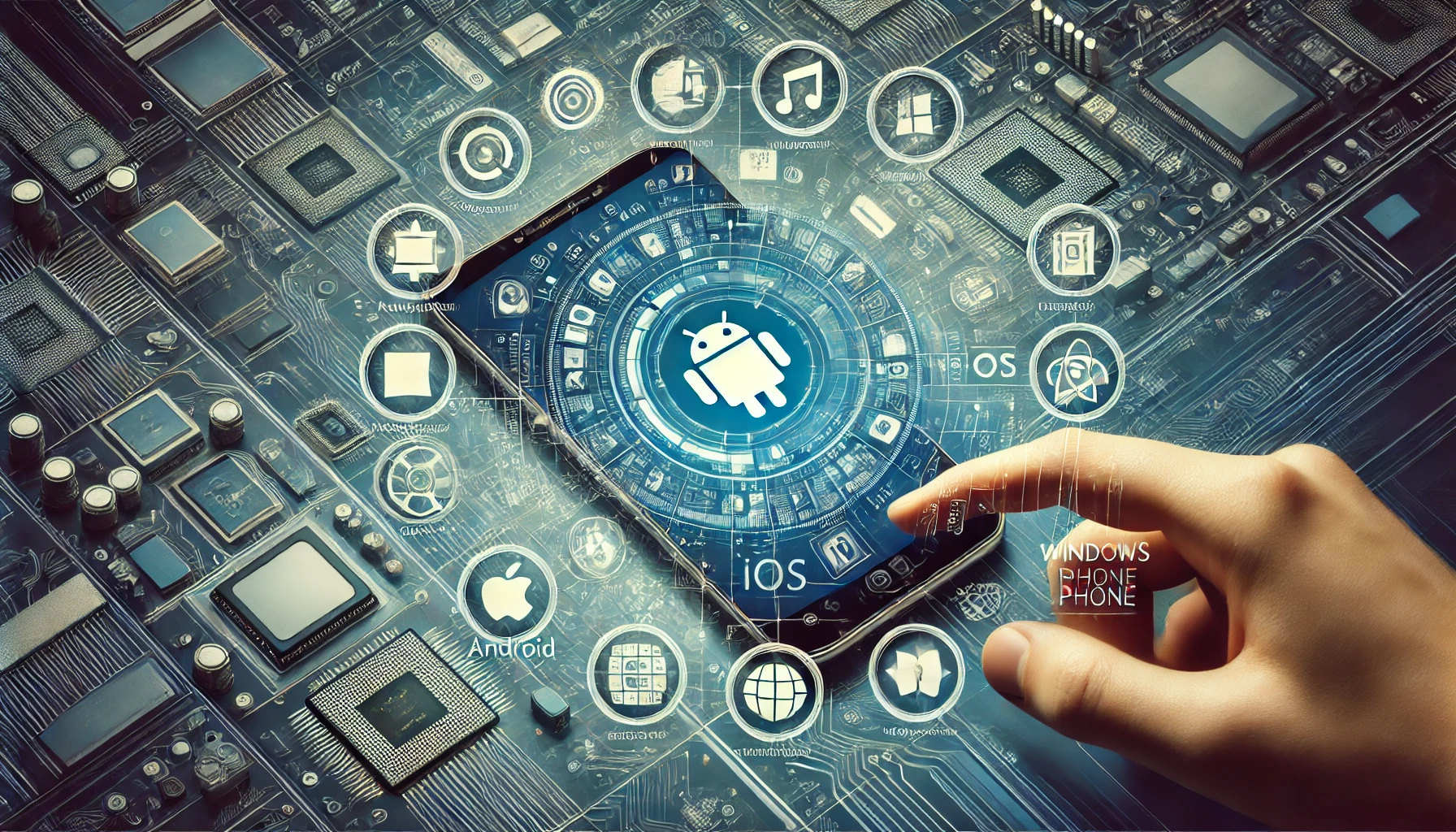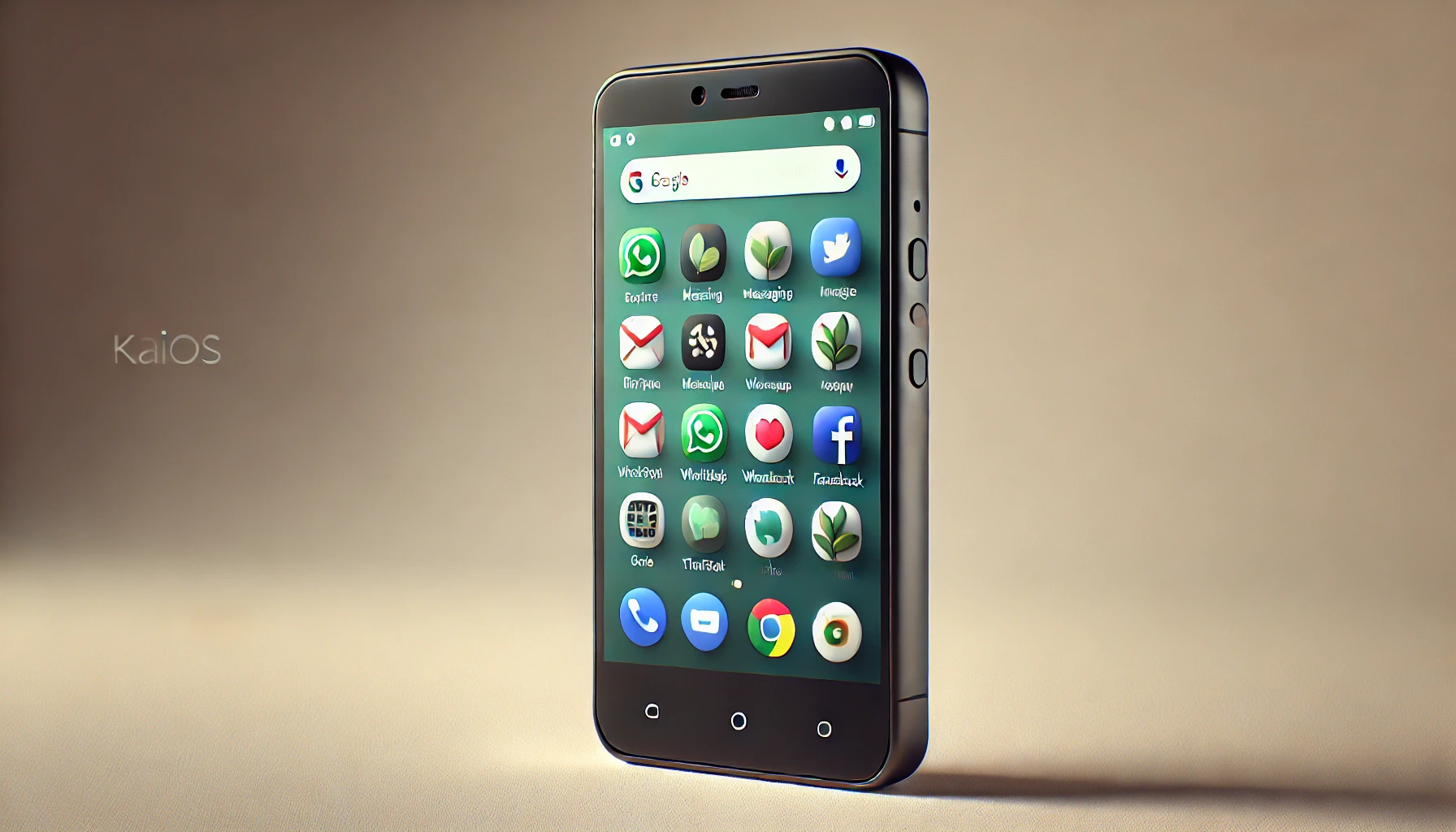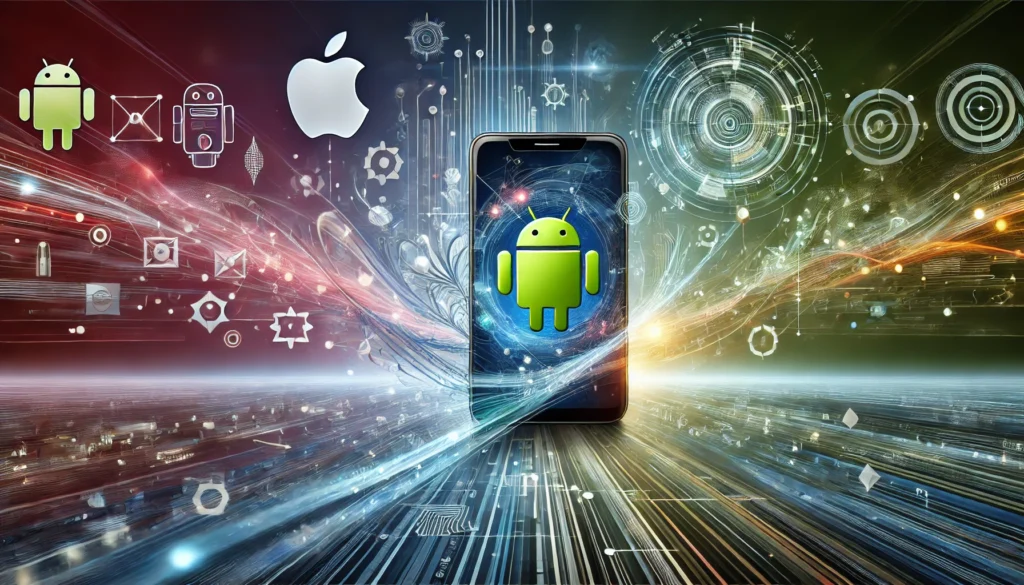Operating systems (OS) are an essential component of modern technology, acting as the bridge between users and hardware. In the context of mobile phones, these systems are crucial for ensuring that your device operates smoothly, allowing you to run apps, make calls, and perform various tasks. This article delves into the different types of operating systems used in mobile phones, their working mechanism, and the importance of these systems in shaping the overall mobile experience.
At Techsherps, we are dedicated to providing you with in-depth knowledge about technological advancements, and mobile operating systems are one of the most fascinating and complex aspects of the tech world. Whether you are a developer, a tech enthusiast, or simply a curious user, understanding how operating systems work will help you better appreciate the power behind your mobile phone.
What is an Operating System?
An operating system (OS) is the software that manages hardware resources and provides essential services for computer programs. In a mobile phone, the operating system controls how software interacts with the hardware, ensuring that everything runs efficiently. It serves as an intermediary between the user and the device’s physical components.
In simple terms, an OS in a mobile phone allows you to interact with the phone’s hardware using user-friendly interfaces like icons, gestures, and touchscreens. Without an operating system, your smartphone would be nothing more than a collection of hardware components that cannot perform useful tasks.
There are several types of operating systems used in mobile phones, with Android and iOS being the most popular. However, other operating systems, such as Windows Phone and KaiOS, are also used in some devices.

Why Are Operating Systems Important for Mobile Phones?
The mobile operating system is crucial for the following reasons:
- Hardware and Software Interaction: The operating system enables apps and software to communicate with the phone’s hardware components like the processor, memory, sensors, and storage.
- App Management: The OS ensures that applications run smoothly by allocating resources like memory and processing power. It helps in multitasking, allowing multiple apps to run simultaneously without crashing.
- Security: Mobile operating systems have built-in security mechanisms that help protect user data and prevent unauthorized access. Features such as encryption, secure boot, and app sandboxing are all part of the security framework.
- User Interface (UI): The OS determines how the user interacts with the phone. Features such as home screens, notifications, gestures, and the keyboard are all provided by the mobile OS.
- Performance Optimization: OS also optimizes the phone’s performance by managing battery life, CPU usage, and network connections.
At Techsherps, we provide detailed insights into various OS platforms, helping you understand how these systems contribute to your overall mobile experience.

Types of Mobile Operating Systems
There are various mobile operating systems available in the market today. While Android and iOS dominate the landscape, each OS has its own strengths and unique features. Let’s explore some of the most popular mobile operating systems.
1. Android Operating System
Android is the most widely used mobile operating system globally, developed by Google. It’s an open-source OS, meaning manufacturers can modify it to suit their devices. Android is highly customizable, allowing users to tweak their devices and install third-party apps. Here’s a quick overview of its features:
- Open-Source: Anyone can access the Android source code and make modifications.
- Wide Device Support: It’s used by a variety of manufacturers, including Samsung, Huawei, Xiaomi, and more.
- Google Services Integration: Android seamlessly integrates Google services like Gmail, Google Maps, and Google Drive, which are a big draw for users.
- Customizability: Users can customize the home screen, choose default apps, and use third-party launchers for different experiences.
2. iOS Operating System
iOS is developed by Apple and is exclusively used in iPhones and iPads. Known for its smooth user interface and integration with other Apple devices, iOS is a closed-source operating system. Here are some key features:
- Seamless Ecosystem: iOS works flawlessly with other Apple devices such as the iPad, Apple Watch, and MacBook.
- Security and Privacy: iOS prioritizes user privacy with built-in features like app permission controls and strong encryption.
- App Quality Control: Apps on iOS go through a rigorous vetting process before being published on the App Store, ensuring quality and security.
3. KaiOS
KaiOS is a lightweight operating system based on Linux and used in feature phones. It’s known for its low resource usage, making it ideal for devices with limited processing power and memory. Although less powerful than Android or iOS, KaiOS enables essential features like web browsing, messaging, and access to apps like WhatsApp and Facebook.

How Does a Mobile Operating System Work?
A mobile operating system is a complex piece of software, and its working can be broken down into several key components:
1. Kernel
The kernel is the core of the operating system and manages hardware resources. It is responsible for tasks like memory management, process scheduling, and device communication. There are different types of kernels, such as monolithic (found in Android) and microkernels (like the one used in iOS).
2. User Interface (UI)
The user interface is the part of the operating system that users interact with. The UI consists of elements like icons, menus, and widgets, which allow users to navigate the device. Mobile UIs are designed to be touch-friendly, offering gestures such as swiping, tapping, and pinching.
3. Middleware
Middleware acts as a communication layer between the OS and applications. It provides common services and capabilities like database management, application services, and message passing.
4. Application Layer
This is where all installed apps reside. Mobile operating systems allow users to download and install apps from app stores (Google Play for Android, App Store for iOS). The OS provides APIs (application programming interfaces) that enable apps to interact with the phone’s hardware.
How to Work with an Operating System on Your Mobile Phone
Understanding how to interact with your mobile operating system can help you get the most out of your phone. Here are a few ways to improve your experience with your mobile OS:
- Customize the User Interface: Both Android and iOS allow users to customize the home screen, change themes, and install widgets. Explore these options to make your phone feel uniquely yours.
- Manage Battery Life: Mobile operating systems provide settings to help manage battery consumption. On Android, you can use the Battery Saver mode, while iOS offers Low Power Mode.
- Security Features: Utilize built-in security features like facial recognition, fingerprint sensors, and two-factor authentication to protect your data.
- Multitasking: Learn how to use multitasking features on your phone. On Android, you can use split-screen mode, while iOS has a similar feature called “Slide Over.”
- App Management: Uninstall apps that you no longer use and manage app permissions to ensure they don’t consume unnecessary resources.

The Future of Mobile Operating Systems
The future of mobile operating systems looks promising with innovations such as AI integration, 5G optimization, and more seamless cross-platform experiences. Operating systems will continue evolving to support new hardware capabilities, offer better security features, and improve performance.
At Techsherps, we closely monitor technological advancements and their impact on mobile operating systems, ensuring that you stay up-to-date with the latest trends and updates in the mobile tech world.
Closing Before
Operating systems are the backbone of every mobile phone, providing the necessary infrastructure to make your device functional and user-friendly. Understanding how they work can deepen your appreciation for the technology that powers your phone. Whether you’re using Android or iOS, each operating system plays a pivotal role in managing hardware, software, and user interactions.
If you want to stay informed about the latest in mobile OS advancements, Techsherps is the place to be. We offer comprehensive resources and updates on operating systems and all things technology.



